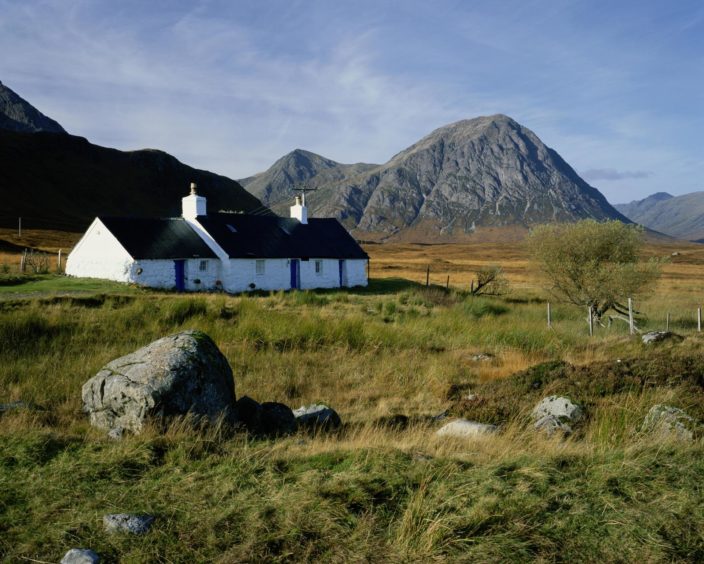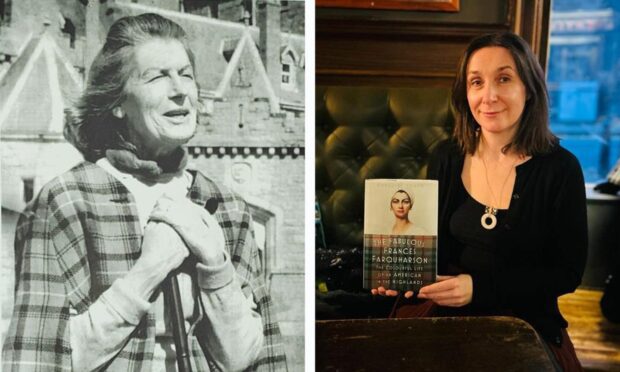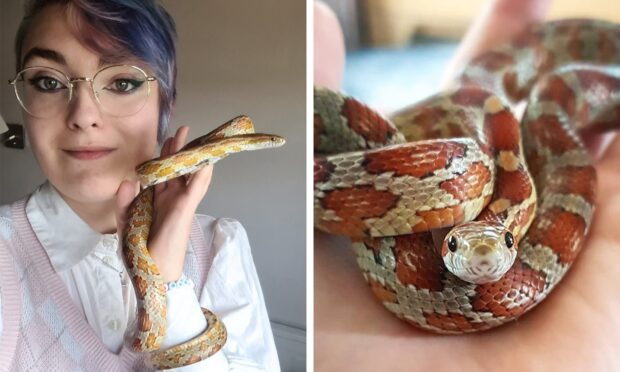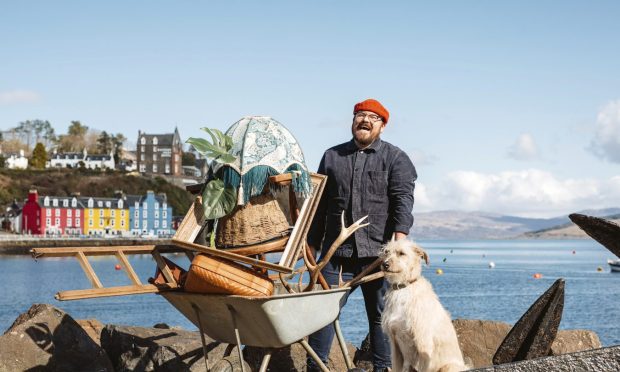What will 2021 bring for the crofting sector? Many aspects of Scotland’s crofting law are considered to be complex and outdated, but we’ve yet to see significant progress in this area.
In 2017, the Scottish Government announced its intention to address some of the more complex issues, but in 2019, those plans were put on hold, with the delay attributed to legislative pressures caused by the UK’s exit from the EU.
In October 2020, the Law Society of Scotland published a report recommending proposed solutions to issues in four areas of crofting law including succession, where it was suggested that simplification and greater clarity would help deal with the transfer of assets and finances after the death of a croft owner. However, there is no certainty that the Scottish Government will make any changes in the near future so, for now, the status quo is intact.
While the speed at which legislation changes is largely out of the control of the sector, there is a way that crofters can still have power over the future of their own crofts; through the protection of a will.

The most recent figures published by the Crofting Commission show that there are around 21,000 crofts in Scotland. Indeed, the Crofting Commission’s annual report for 2019/20 revealed that there are more crofters in Scotland who are in the over 80s category than those in the under 40s group.
Regardless of age though, making a will is important for each and every one of us, particularly during these uncertain times. In crofting, it makes provisions for the croft to be handed down according to the owner’s wishes. If there is no will, it immediately passes by default to legislation, to specify who is entitled to apply for ownership or transfer of the tenancy.
Unfortunately, it’s a situation I’ve witnessed many times; crofts that have been in families for generations, where the absence of a will creates an uncertain future. The complications, disputes and stresses that arise when there is no will cannot be understated.
The process of making a will is straightforward, though crofting law is complex, so it’s not advisable to draft your own will; leave the complexities to a professional. To instruct the drafting of a will, you will need to have the following information to hand when speaking to your lawyer:
Status of the croft
This is of particular importance. Is it tenanted or owner occupied, and is there a grazings share? Crofters will often have both a tenanted and an owner-occupied croft and it is not unusual for the family of a deceased crofter to be left searching for this information. This causes delays and uncertainty when time is of the essence.
Who do you want to inherit?
A common dilemma that I come across is a crofter with a single croft tenancy and more than one child. Although the law now permits a croft tenancy to be passed to more than one beneficiary, the consent of the Crofting Commission is required before it can be divided. The outcome is uncertain and consent may well be refused, especially in cases where the croft is too small to be divided.
The crofthouse
Has it been decrofted or does it form part of the croft? If the crofter’s wish is to divide the croft, and the house hasn’t been decrofted, who gets the divided part of the croft with the house? Many crofters I’ve spoken to would like the house to be left to more than one person, which is difficult to achieve if the house has not already been decrofted.
Is your beneficiary able to become a crofter?
When planning for succession, it is important that the person or persons inheriting can actually meet the duties of a crofter. They must be resident within 20 miles of the croft, and be capable of cultivating and taking responsibility for it.
2020 brought many challenges, but one of the areas that has seen positive progress has been the modernisation of many legal practices. Restrictions on movement have, paradoxically, opened up access to legal advice, so the majority of the will-making process can be discussed and progressed via phone and video consultations.
The past 12 months have taught us to expect the unexpected, but having a will in place does provide certainty about the future inheritance of your croft.











